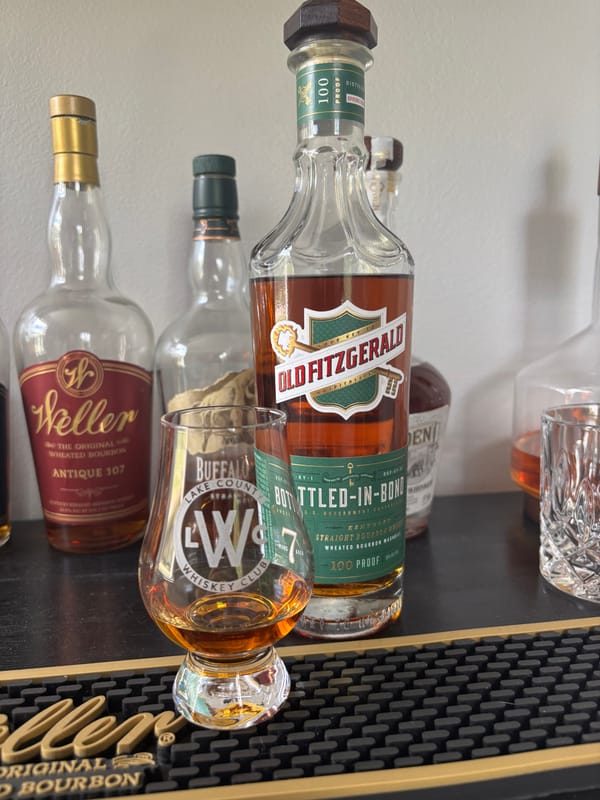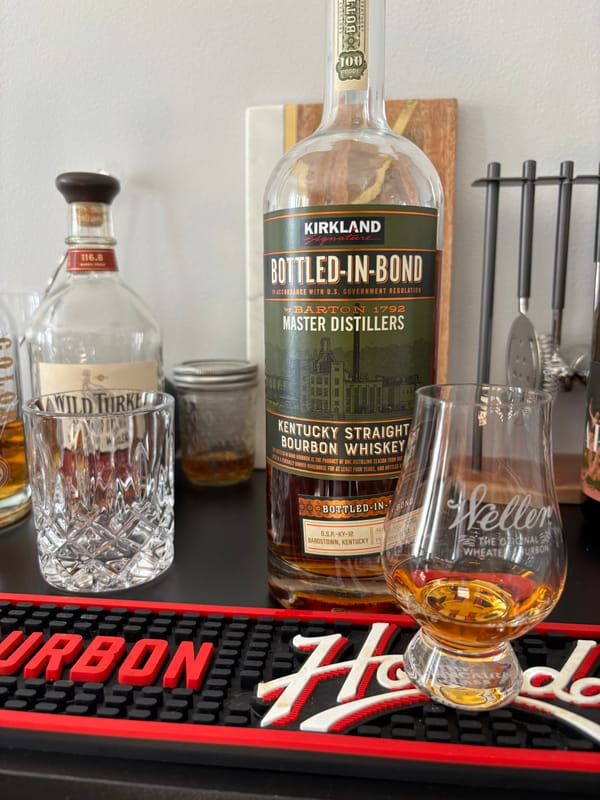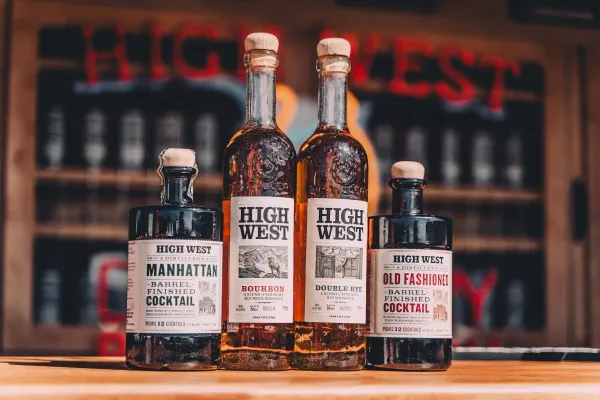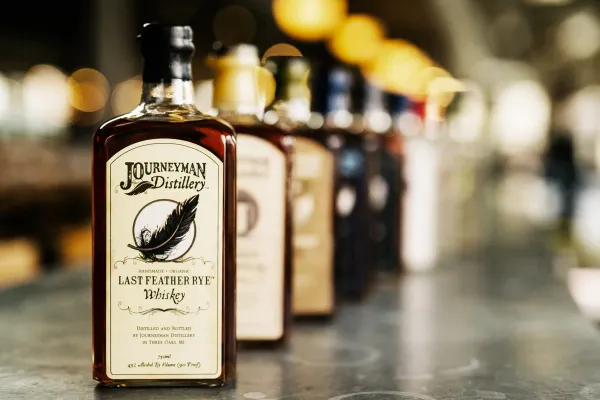Whiskey Mash Temperature Mysteries: The Heat You’ll Wish You’d Turned Up Sooner

Mash Temperature Effects: The Whiskey Warmth You Can’t Ignore
Mash temperature isn’t just a cooking step—it’s whiskey’s flavor thermostat, and if you don’t know how it works, you’re missing the heat that sets every sip ablaze. It’s science, not guesswork. Here’s the red-hot truth about mash temperature effects, grounded in process, and why it’s your 2025 must-know.
Why Mash Temperature Matters
U.S. law defines whiskey—51% grain minimum, 160 proof max distillation, 125 proof max barreling, 80 proof minimum bottling, new charred oak aging—but mash temperature kicks it off. Grains—corn, rye, wheat—need heat with water to unlock sugars for fermentation. Too low, too high—it shifts the spirit’s core, every time.
How Mash Temperature Shapes Whiskey
Grains mill into flour, then mix with water in vats, heating to 180-200°F—corn needs higher, rye and wheat less—to gelatinize starches into fermentable sugars over hours. Too cool—below 160°F—and sugars stay locked; too hot—above 212°F—and they break down, thinning the mash. Yeast ferments this at 8-10% ABV in three to five days—temperature sets the sugar yield, driving what distillation and oak aging build on.
What Mash Temperature Means for Your Sip
Higher temps (190-200°F) max out sugars—bourbon’s corn sweetness thickens, rye’s spice gets a base—oak adds vanilla later. Lower temps (160-180°F) ease up—subtler grain notes shine, less intense. Every whiskey’s body—rich or light—starts here, law ensures grain’s truth holds.
Why Mash Temperature Matters in 2025
Mash temperature’s whiskey’s heat switch—by 2025, knowing it could explain every pour’s depth, from bold to breezy. It’s the truth in the vat—don’t let it simmer unnoticed. Want to taste the heat’s hand? Check out NEAT: Whiskey Finder—it’ll help you track down bourbon and whiskey near you.





